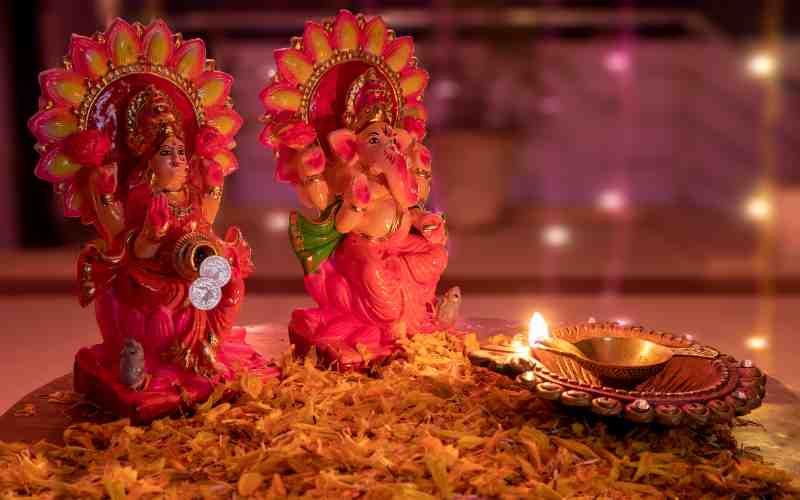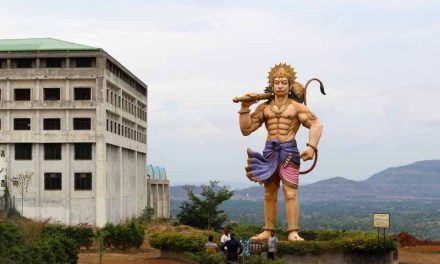In the vast tapestry of Hindu philosophy and spirituality, the Trisikhibrahmana Upanishad stands as a profound text that offers seekers deep insights into the nature of reality and the self. At the heart of this Upanishad lies the concept of Brahman, a term that encapsulates the ultimate reality, the source of all existence, and the central theme of many Upanishads.
Brahman: The Ultimate Reality
Brahman is a foundational concept in Hindu philosophy, and it is described as the absolute, unchanging, and limitless reality that underlies and transcends the world of appearances. It is often referred to as the “Supreme Being” or the “Ultimate Truth.” Brahman is formless, beyond attributes, and cannot be comprehended through ordinary human perception. The Trisikhibrahmana Upanishad delves into this profound concept, shedding light on its nature and significance.
Brahman as the Unchanging Source
The Trisikhibrahmana Upanishad emphasizes that Brahman is the unchanging source from which everything originates. Just as a spider creates a web and then reabsorbs it, so too does Brahman create the universe and then withdraw it. This cyclical process of creation and dissolution is an inherent aspect of Brahman’s nature. The Upanishad presents Brahman as the eternal, uncaused cause of all that exists, highlighting its role as the ultimate source and sustainer of the cosmos.
The Impersonal and Personal Aspects of Brahman
One of the remarkable features of the Trisikhibrahmana Upanishad is its exploration of both the impersonal and personal aspects of Brahman. It acknowledges that Brahman can be perceived in two ways: as the formless, attributeless Absolute, and as a personal deity with attributes. This duality reflects the inclusivity of Hindu philosophy, where different paths and perspectives are respected.
The impersonal aspect of Brahman, often referred to as Nirguna Brahman, represents the formless, transcendental, and attributeless reality. It is beyond human comprehension and can only be realized through deep meditation and spiritual insight. This aspect of Brahman is often associated with the non-dualistic Advaita Vedanta tradition.
Conversely, the personal aspect of Brahman, known as Saguna Brahman, is characterized by attributes and qualities. Devotees often relate to this aspect of Brahman as a deity with whom they can establish a personal relationship. Saguna Brahman is often worshiped in various forms, such as Vishnu, Shiva, or Devi, among others. The Trisikhibrahmana Upanishad acknowledges the validity of both approaches, recognizing that different individuals may be drawn to one or the other based on their spiritual inclinations.
Realizing Brahman: The Ultimate Goal
The Trisikhibrahmana Upanishad underscores that the ultimate goal of human life is to realize Brahman. It teaches that by seeking self-realization and transcending the limitations of the ego, individuals can experience union with Brahman, achieving a state of oneness with the Ultimate Reality. This state of realization is often referred to as moksha or liberation, where the individual soul (Atman) recognizes its identity with Brahman.
The path to realizing Brahman is often paved with meditation, self-inquiry, and the cultivation of wisdom. The Upanishad emphasizes the importance of inner contemplation and the dissolution of the ego to attain this profound realization. Through disciplined practice and spiritual guidance, individuals can peel away the layers of illusion and discover their essential unity with Brahman.
Conclusion
The Trisikhibrahmana Upanishad serves as a valuable guide to understanding the concept of Brahman, the ultimate reality in Hindu philosophy. It illuminates Brahman as the unchanging source of all existence, while also recognizing the dual nature of this supreme reality, both impersonal and personal. Ultimately, the Upanishad emphasizes that realizing Brahman is the ultimate goal of human life, achievable through inner exploration, meditation, and the dissolution of the ego. In its teachings, the Trisikhibrahmana Upanishad invites seekers to embark on a profound spiritual journey, transcending the limitations of the material world to discover their oneness with the timeless and boundless Brahman.





